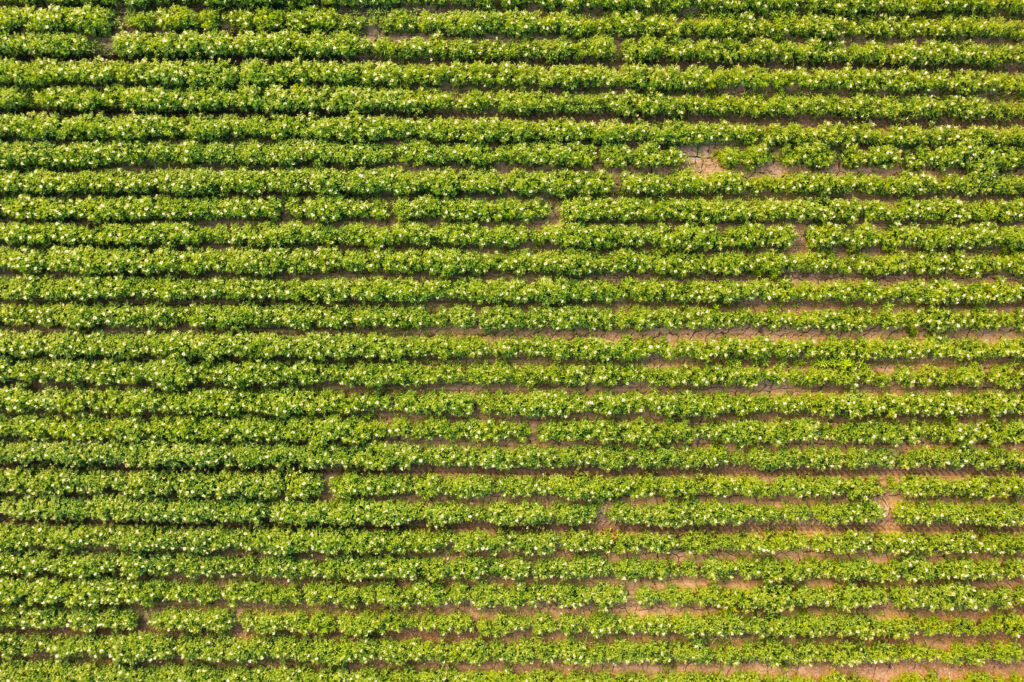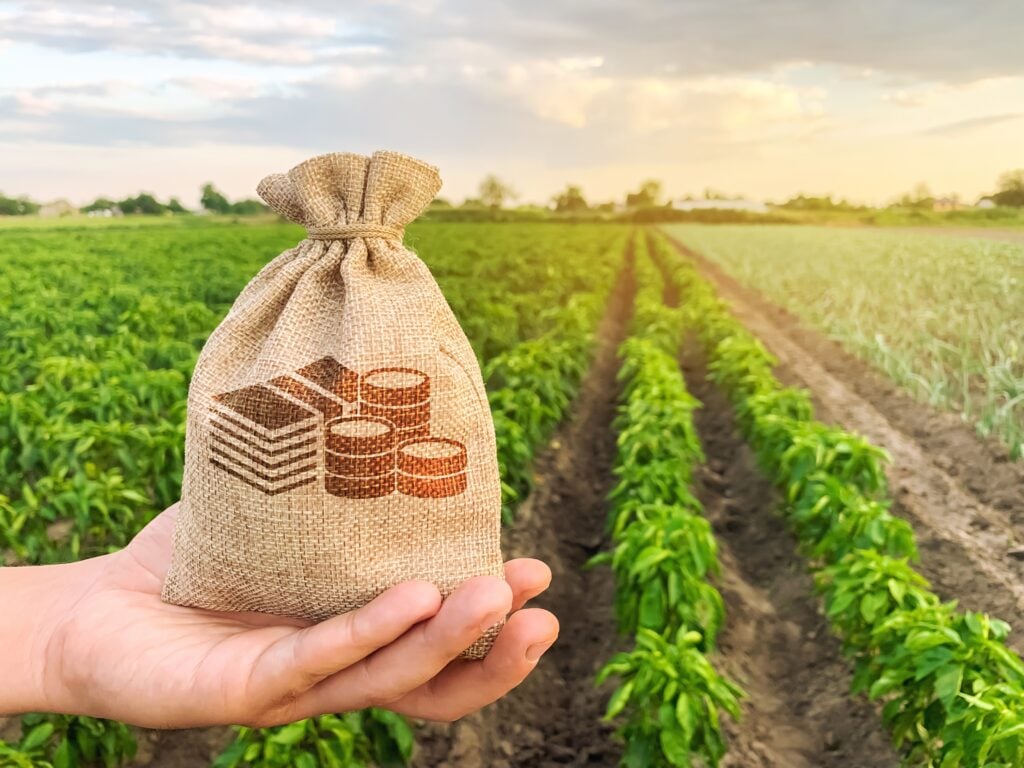Agriculture can reduce emissions and boost climate action through pricing and carbon farming
The study, “Pricing agricultural emissions and rewarding climate action in the agri-food value chain” suggests that simpler policy models with lower administrative costs and minimal environmental integrity risks could be an appropriate starting point for agriculture
Agriculture plays a crucial role in addressing climate change, as crops, hedgerows, and trees can sequester carbon from the atmosphere, while healthy soils store carbon. However, agriculture also contributes significantly to greenhouse gas (GHG) emissions, accounting for over 10% of the EU’s total GHG releases. Methane and nitrous oxide are the primary culprits.
The European Union has pledged to achieve climate neutrality by 2050, necessitating substantial emissions reductions across all sectors, including agriculture. To identify effective policy approaches to curb emissions in this sector, the European Commission has published a new study titled “Pricing agricultural emissions and rewarding climate action in the agri-food value chain.”
The study, commissioned by the Commission’s Directorate-General for Climate Action, was conducted by Trinomics and its partners, the Institute for European Environmental Policy (IEEP) and Ecologic, along with the Austrian Environment Agency (Umweltbundesamt) and consultancy Carbon Counts.
It responds to a 2021 report by the European Court of Auditors, which recommended that the Commission assess the feasibility of applying the polluter-pays principle to agricultural emissions and reward farmers for long-term carbon removals.
Agriculture potential

Photo: Envato
The study explores potential methods for pricing GHG emissions from agricultural activities throughout the agri-food value chain and investigates how financial incentives can be provided to farmers and other landowners for climate action and carbon farming.
Part one of the study presents five workable policy options for an emission trading system (separate from the existing EU ETS) that could incentivize climate mitigation efforts in the agri-food sector (AgETS). The authors outline the design aspects of five AgETS options covering different GHGs and targeting various actors in the agri-food value chain, including farmers, input providers, and food processors. These options are evaluated based on their effectiveness, efficiency, relevance, coherence, and added value.
The study then examines how a future AgETS could financially reward carbon removals from Land Use, Land Use Change, and Forestry (LULUCF) activities. The authors provide an overview of LULUCF removals options in the EU, highlight key considerations when combining an AgETS with incentives for removals, and assess the strengths and weaknesses of five potential policy models for linking removals to an AgETS.
The consortium engaged with relevant stakeholders throughout the study’s development through an expert roundtable, a public workshop, a stakeholder survey, and expert interviews. Feedback from these consultations informed the study’s findings and is summarized in three separate annexes.
The study recognizes the benefits of combining design aspects from different AgETS policy options and establishing a harmonized GHG reporting tool in the EU. It also emphasizes the importance of continuous monitoring and regular evaluation of any policy linking carbon removals to an AgETS market. The study suggests that simpler policy models with lower administrative costs and minimal environmental integrity risks could be an appropriate starting point for agriculture.
Finally, the authors underscore that any policy establishing an AgETS and linking it to carbon removal support must be accompanied by broader sectoral and economy-wide changes, such as transitional aid through subsidies, grants, and loans for farms, to fully enable the land sector to enhance its sustainability.
Next Steps

Photo: Envato
This study provides initial insights into potential pricing and carbon farming measures in the agri-food value chain and how the agriculture and LULUCF sectors could further reduce greenhouse gas emissions and contribute to the EU’s long-term goal of achieving net-zero GHG emissions by 2050.
Along with other inputs considering a range of measures, the study will inform the policy debate following the publication of the European Commission’s Communication on an EU Climate target for 2040 in the first quarter of 2024.
Based on a detailed impact assessment, the Communication will lay the groundwork for a legislative proposal for an EU 2040 climate target through an amendment to the European Climate Law. Any subsequent sectoral legislation to achieve the 2040 target would follow at a later date and be subject to the usual preparatory and legislative processes.


